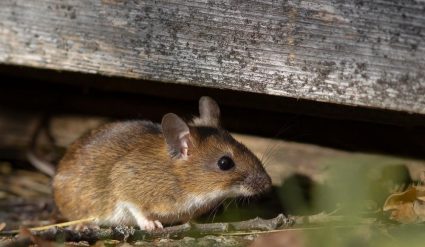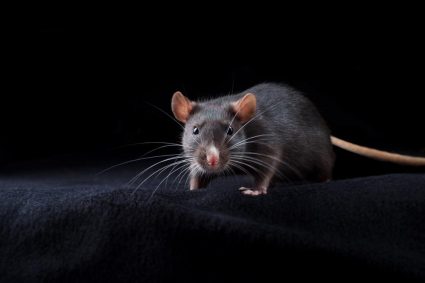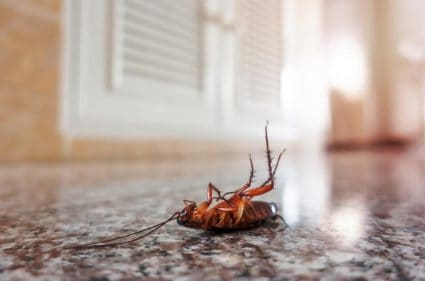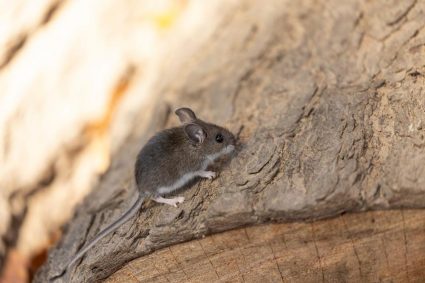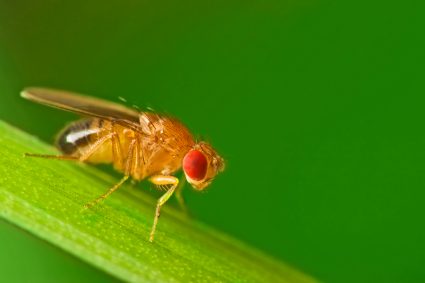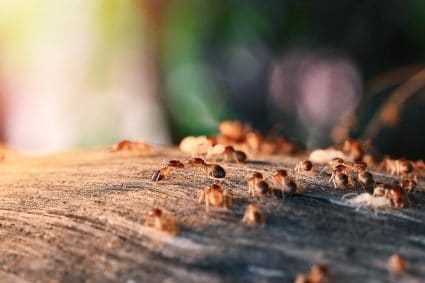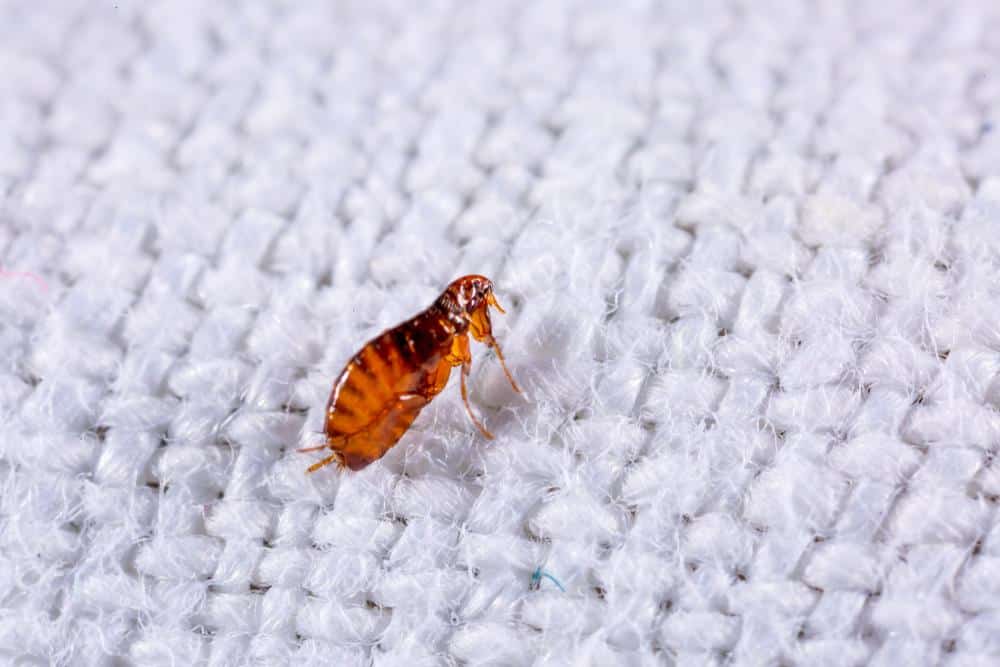
Determining whether flea larvae are dead is no easy task. These tiny creatures are often hidden in carpets, pet bedding, and other dark areas, making them hard to see. However, there are a few tell-tale signs and methods that can help you confirm if flea larvae are dead or alive. Understanding these signs is crucial in dealing with flea infestations and ensuring a healthy environment for you and your pets.
Determining if flea larvae are dead involves observing for lack of movement, color change, and signs of drying or shriveling. You can confirm their status by collecting some larvae and observing them under a microscope for movement, or by vacuuming the suspected area and examining the vacuum contents for active larvae. Dead larvae should be disposed of properly to prevent re-infestation.
Understanding Flea Larvae
Before we delve into how to identify dead flea larvae, it’s important to understand what they look like and how they behave when they are alive. Flea larvae are the second stage in the flea life cycle, following the egg stage. They are generally less mobile than adult fleas and move primarily through wriggling and crawling.
Flea larvae resemble tiny, translucent worms, measuring about 1.5 mm in length when they first hatch from the egg and growing to about 5 mm long after two molts. They are typically semi-transparent white to off-white in color with a distinct brown head. Flea larvae primarily feed on flea dirt, which is the excess blood excreted by adult fleas.
Signs That Flea Larvae May Be Dead
Identifying dead flea larvae can be a daunting task given their small size and hiding places. However, there are a few signs you can look for:
- Lack of Movement: Flea larvae are usually mobile and will move around in search of food. If they are not moving, it’s a good indication that they might be dead.
- Color Change: Live flea larvae are typically translucent white or off-white with a dark red gut visible through their body. If the larvae appear to be a different color or their gut is no longer visible, they may be dead.
- Drying or Shriveling: Dead flea larvae may appear dried out or shriveled compared to live ones.
Confirming Dead Flea Larvae
There are a few tests and experiments you can conduct to confirm if flea larvae are dead:
- Movement Test: Collect some larvae and observe them under a microscope or magnifying glass. Dead larvae will not show any signs of movement, while live larvae will be actively wriggling or crawling.
- Vacuum Test: After vacuuming the area where you suspect flea larvae, examine the vacuum contents. Dead larvae will not show any movement, while live ones will still be active.
Disposing of Dead Flea Larvae
Once you’ve confirmed that the flea larvae are dead, it’s important to dispose of them properly to prevent re-infestation. Vacuum the area thoroughly, dispose of the vacuum contents outside, and wash pet bedding and other fabrics in hot water.
Preventing Future Infestations
Remember, dealing with flea larvae is only part of the solution to a flea infestation. It’s essential to treat your pets and maintain a clean environment to prevent future infestations. Use flea preventatives on your pets, keep your home clean, maintain your yard, and regularly check your pet’s fur for signs of fleas.
In conclusion, determining if flea larvae are dead can be a challenging task. However, with the right knowledge and tools, you can effectively deal with flea infestations and ensure a flea-free environment for you and your pets.
Frequently Asked Questions
What is flea dirt and how can I identify it?
Flea dirt is essentially the droppings of adult fleas, which primarily consist of undigested blood. It appears as small, dark, pepper-like specks. You can identify flea dirt by its reddish-brown color when smeared on a wet, white paper towel.
How long does it take for flea larvae to develop into adult fleas?
The time it takes for flea larvae to develop into adult fleas can vary depending on environmental conditions. However, generally, it takes about 5 to 20 days for larvae to undergo two molts and reach the pupal stage, where they then develop into adult fleas.
Can flea larvae survive on human blood?
No, flea larvae cannot survive on human blood. Unlike adult fleas, flea larvae feed primarily on flea dirt, which is the undigested blood excreted by adult fleas.
Can dead flea larvae cause any harm to pets or humans?
Dead flea larvae themselves are not harmful to pets or humans. However, their presence indicates a flea infestation, which can lead to discomfort and health issues for pets and occasionally, humans.
Can I use insecticides to kill flea larvae?
Yes, certain insecticides can be effective in killing flea larvae. However, it’s important to choose pet-safe products if you have pets in the house. Always follow the instructions on the product label for safe and effective use.

